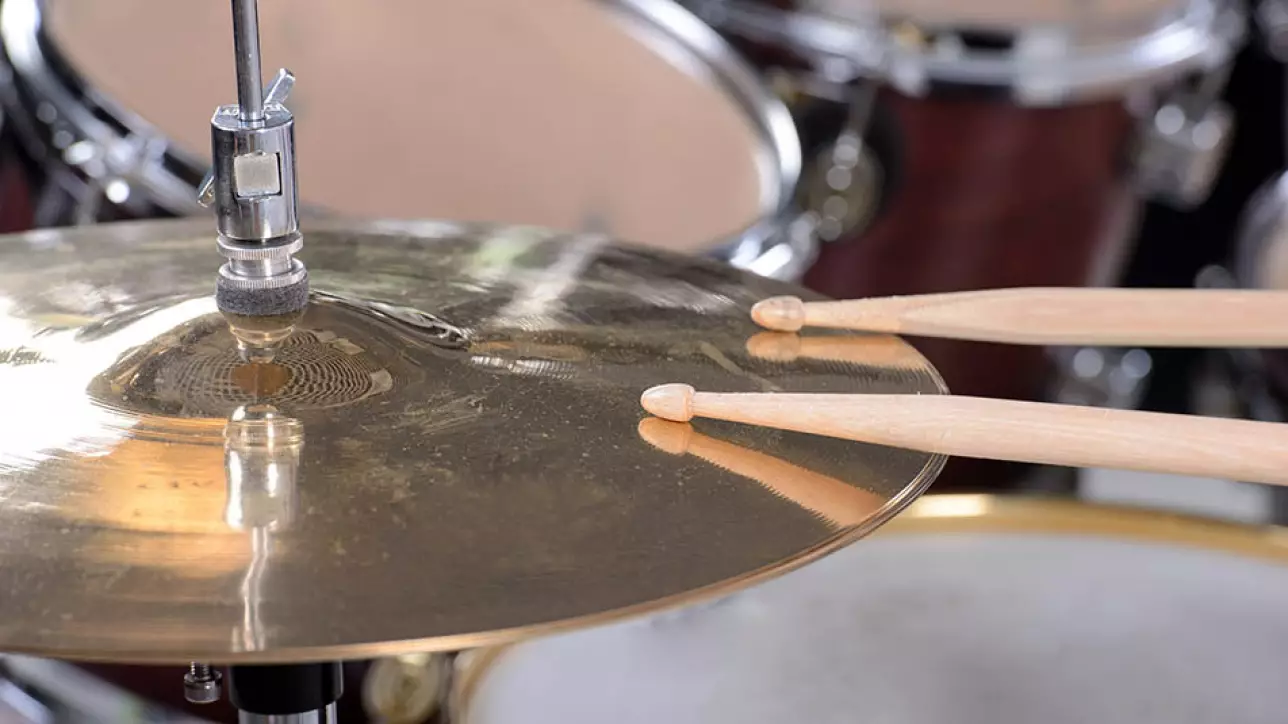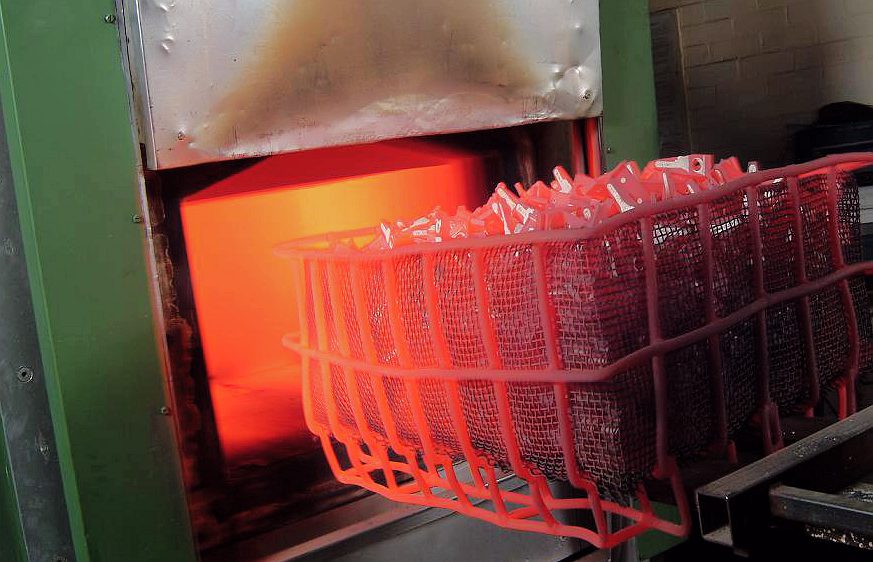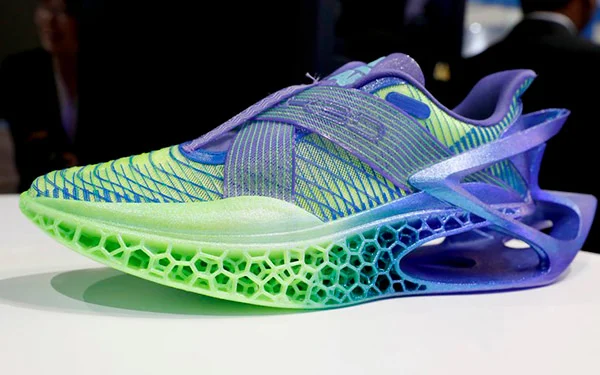
Category: Learning Center



Identifying the right corrosion resistant materials for CNC machining
November 20, 2022
No Comments
Read More »

Tolerances across 3D Printing, CNC Machining & Sheet Metal Fabrication
November 9, 2022
No Comments
Read More »

What is heat treatment and how does it improve CNC machined parts?
September 17, 2022
No Comments
Read More »


